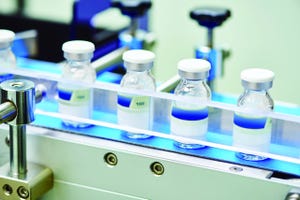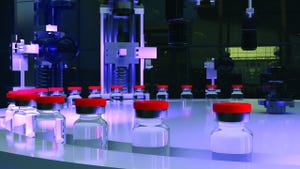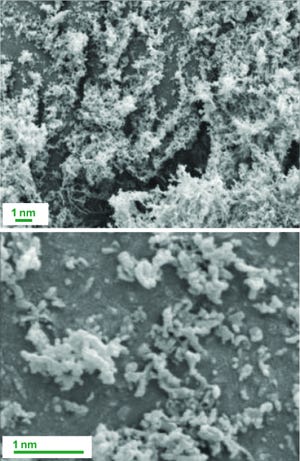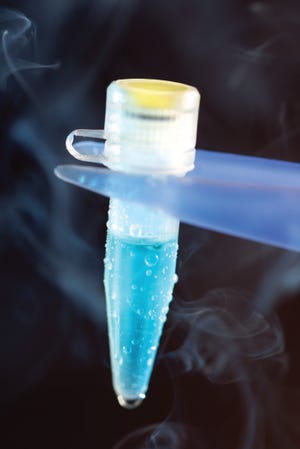March 2023 Featured Report
With proliferating modalities entering and moving through the biopharmaceutical industry’s development pipeline, drug presentations are expanding and diversifying to accommodate. Even “traditional” biologics such as monoclonal antibodies (MAbs) have evolved in their formulation and packaging, with the emergence of highly concentrated drug products, prefilled syringes, and devices that enable patients to inject themselves at home rather than visiting a local clinic for drug infusion. Patients, clinicians, and payers are demanding convenience and cost-effectiveness as well as safety, quality, and efficacy from their medications — and compliance with treatment regimens improves with easier administration options.
All of those developments are changing the work of formulators and fill–finish operators at many biopharmaceutical companies, and changes often can introduce risk when it comes to regulatory compliance and quality systems. Discussions of such risks were prevalent throughout the final years of the In...
HTTPS://STOCK.ADOBE.COM
The European Medicines Agency (EMA) was true to its word in 2022. While pharmaceutical companies involved in manufacturing sterile products were assessing the text of Draft Revision 12 of Annex 1 to the European Union’s good manufacturing practice (GMP) regulations, the final approved revision was published on 25 August 2022 (
1
), bringing an end to speculations about what it would include.
The Parenteral Drug Association (PDA) has organized a series of four workshops, the third of which took place in Amsterdam, The Netherlands, on 22–23 September 2022. The draft revision was covered at the previous two events — in Dallas, TX, and Dublin, Ireland — but this time all participants could refer to the effective version of Annex 1.
Similar to the previous events, this meeting combined presentations based on specific Annex 1 topics with interactive workshops in which participants could ask panels of experts about the topics on which they had presented. Above all, the meeting provided op...
Images of a drug substance formulated using thin-film freezing technology.
(IMAGE COURTESY OF THE WILLIAMS LABORATORY AT THE UNIVERSITY OF TEXAS AT AUSTIN AND TFF PHARMACEUTICALS).
Therapies based on monoclonal antibodies (MAbs) and other recombinant proteins usually are formulated as aqueous solutions for subcutaneous injection or intravenous infusion. However, as the biopharmaceutical industry amasses manufacturing knowledge and experience with such products, interest is surging for alternative formulation methods. Aerosolizable dry powders for inhalable administration represent a particularly promising option, with potential advantages not only for drug delivery and dosing, but also for patient comfort and compliance with treatment regimens.
Previous research into dry-powder biopharmaceutical formulation has focused largely on nasally delivered vaccines and pulmonary-directed antivirals and antibiotics. But such drugs remain underrepresented among marketed products (
1–4
). Inhalable MAbs have even fu...
WWW.ISTOCKPHOTO.COM
Bone marrow (BM) remains a critical source of hematopoietic progenitors used in stem-cell transplantation. Currently, however, it is obtained almost exclusively from living donors. That approach limits what quantities of cells can be extracted during an aspiration procedure, in turn reducing the number of opportunities available for treating blood-cancer patients.
In BPI’s November 2022 eBook on cryopreservation, I presented part of my conversation with Erik Woods (cofounder, chief science officer, and executive vice president of Ossium Health) about ways to improve BM-collection workflows (
6
). Woods’s company is reviving a technique from the early days of BM extraction to expand access to stem-cell transplantation: collecting marrow from recently deceased donors who have enrolled in organ-donation programs. That method holds promise not only for gathering more material per process than what can be obtained during live-donor aspiration, but also for enabling process industrialization...
Subscribe to receive our monthly print or digital publication
Join our 70,000+ readers. And yes, it's completely free.









